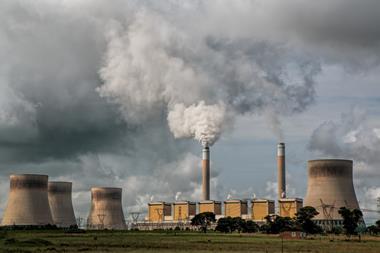The €409bn Dutch civil service scheme ABP is to raise contributions to 24.9% of salary from next year.
The increase is the third consecutive one since 2016, when the premium level stood at 18.8%.
ABP said the contribution increase was part of a plan agreed by unions and employers in 2016 to bring the pension fund’s contributions to a structurally higher level, to facilitate more prudent expectations for returns.
The three consecutive annual increases were meant to improve ABP’s “premium funding ratio”, which indicates to what extent the amount of pension contributions paid in can be used to finance new pension claims in a given year.
In 2017, ABP’s premium funding ratio stood at 69%, but the pension fund could not say what this coverage was in 2018 or what level it was expected to be for 2019.
The civil service scheme was the first large pension fund in the Netherlands to set its contribution level for 2019.
Consultancy Willis Towers Watson has said that ABP’s increase probably would not be indicative for other pension funds, as the observed slowdown in the rise of longevity was more likely to lead to a modest contribution reduction.
In 2014 and 2015, ABP’s premium level dropped as a result of a reduction in tax-facilitated pensions accrual, forced upon the pensions sector by the government.
With the latest contribution rise, premiums are approximately back at the 2013 level, albeit with a lower accrual rate.
ABP’s current coverage ratio is approximately 102%, short of the minimum required level of 104.3%. It needs to raise its funding above this level by the end of 2020 to prevent benefit cuts.
Note: This article originally incorrectly stated that contributions would increase to 25.1%. ABP’s current coverage ratio has also been updated in the final paragraph.















.jpg)






No comments yet